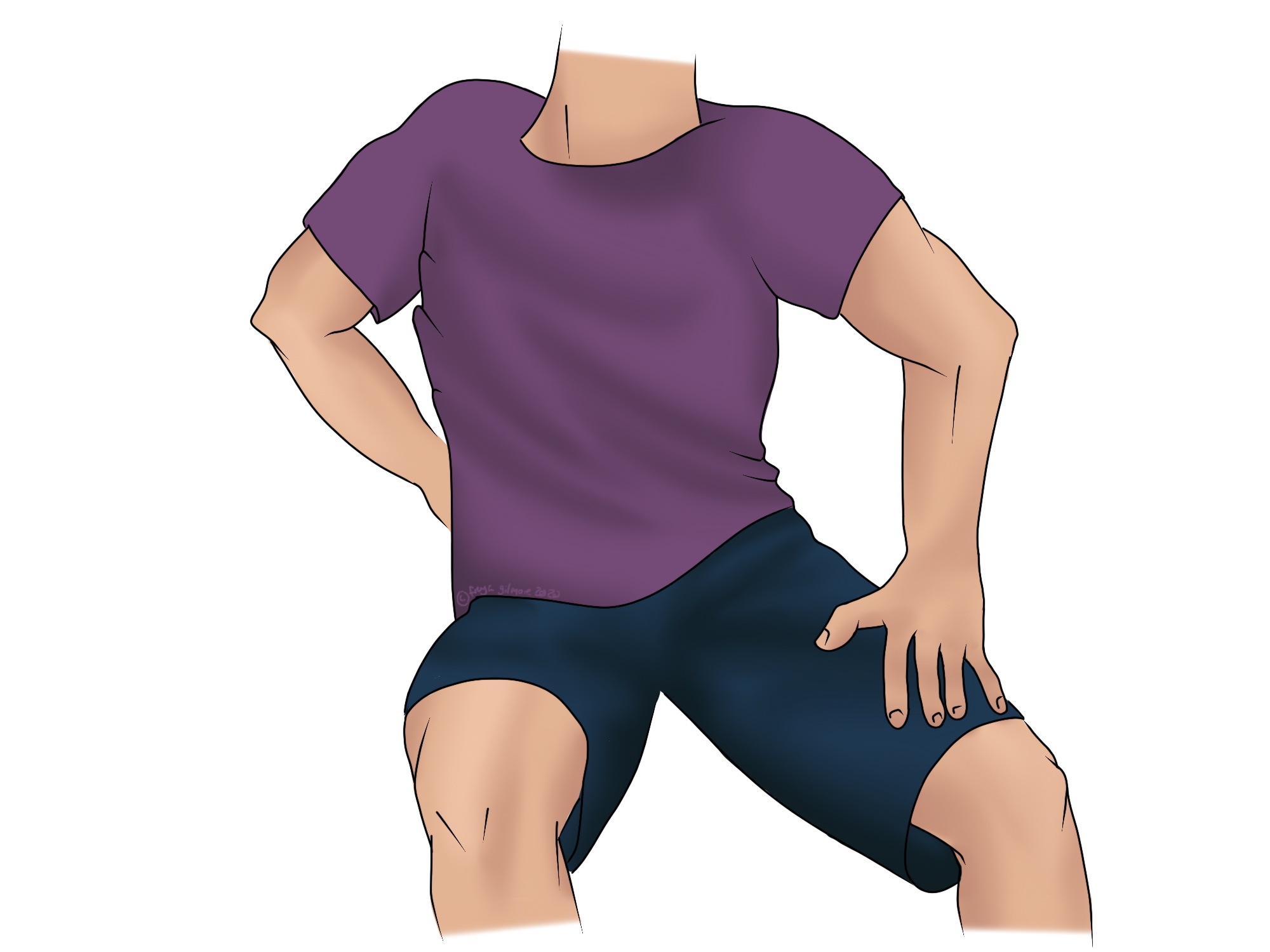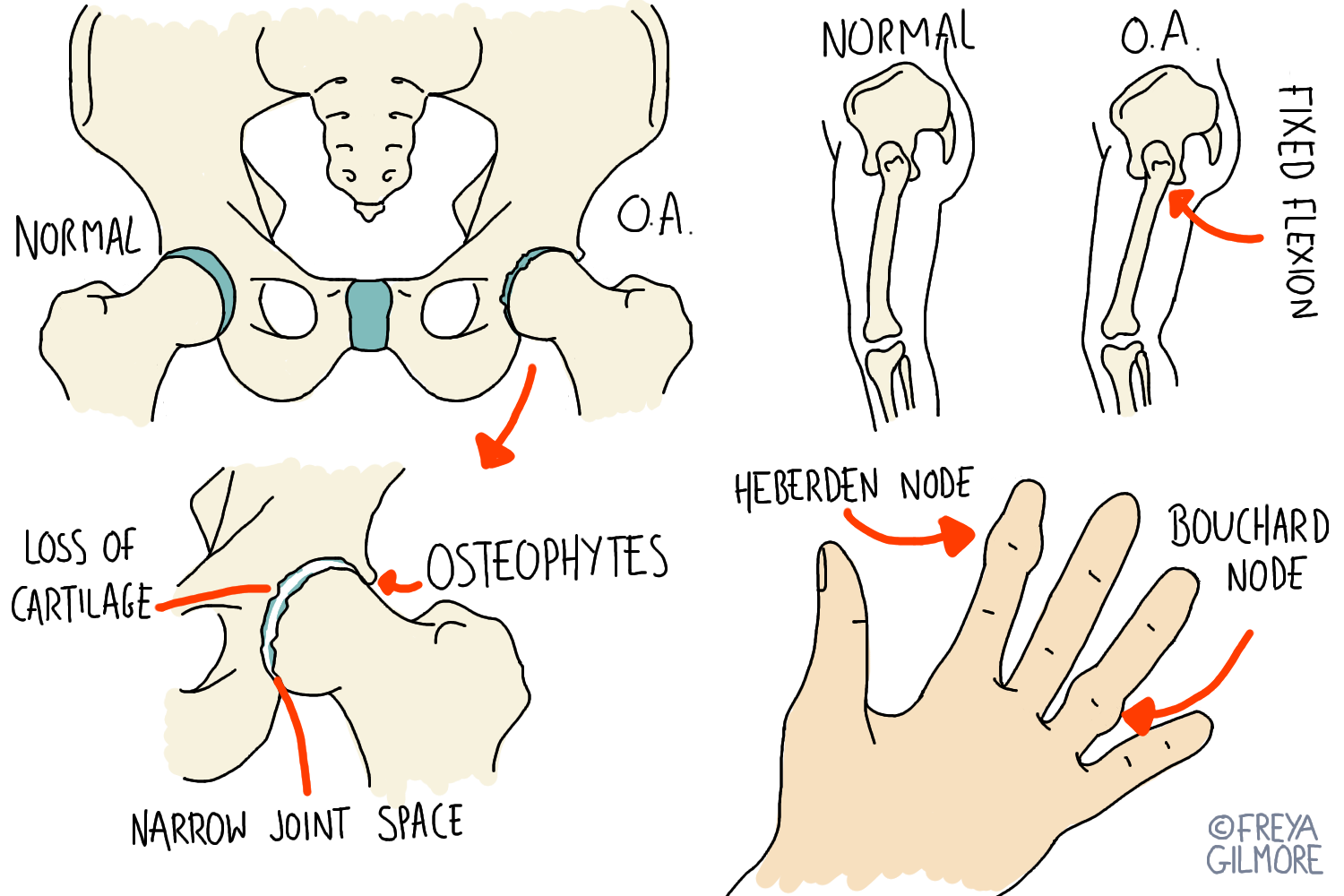17 February 2021
Joint Pains

Developing occasional joint pains is not unusual, but it can be worrying when you don't know why. Read on for some examples of common causes of joint pain.

Ligaments
One of the more transient causes of joint pain is ligamentous injury. A mild sprain might have few symptoms beyond discomfort, and is likely to resolve on its own in a few days. More serious sprains are usually accompanied by a feeling of instability in the joint, and will likely take longer to heal. Proper rehabilitation is important for the best chance of healing well, and your osteopath can help with this.
When a joint is dislocated, there is damage to ligaments here too. Early rehabilitation gives the body the best chance of making a good recovery, but even historic dislocations are worth seeking treatment for.
Cartilage
Joint Pains: Injury to Cartilage
Cartilage can be injured like any other tissue! One example of a cartilage injury is a meniscus tear. The menisci are c-shaped pieces of cartilage in the knee that work as stabilisers and shock absorbers. They are commonly injured by twisting movements while weight bearing. Examples of this could be suddenly turning while running, or in sports like football. Symptoms can vary a lot, but you can expect:
- swelling and heat around the knee
- a deep ache
- possibly an intermittent sharp pain depending on the nature of the injury
Some cartilage injuries will result in a piece of cartilage breaking off within the joint. These pieces are known as "loose bodies" and can cause unpredictable pain and locking as they move about. However, they can be reabsorbed by the body over time. Research shows that arthroscopies to "clean out the joint" are no better than placebo.
Joint Pains: Osteoarthritis
Osteoarthritis is a condition of cartilage generally considered "wear and tear". Injury or change of use of a joint may be the initial trigger, but over time the health of the joint is compromised and the cartilage suffers more.
Fortunately, it is not true that nothing can be done but to wait for a joint replacement. Cartilage is living tissue, and by improving the overall joint function, you can create a healthier environment for it. Reaching a fuller range of movement is one of the best things you can do to keep symptoms of arthritis at bay.

Rheumatology
Rheumatic pains include those from conditions such as:
- Rheumatoid arthritis
- Ankylosing Spondylitis
- Psoriatic Arthritis
Although osteopaths can't treat the diseases themselves, we can work with the body to manage the pain. Importantly, we can help you get the medical support you need if you are not already getting it. All three of these conditions are inflammatory, so by working with the body to move inflammation along, we can help ease symptoms.
We can also give advice to help you manage your pain. For example, exercises can be useful, but doing too much of them will likely aggravate the condition. Read more about how osteopathy can help with rheumatic pain here.
Book an appointment online now to start managing your joint pain.
Learn more
At Ilminster Osteopathy my goal is to help people achieve their goals whatever they may be. Watch our video to find out more.

